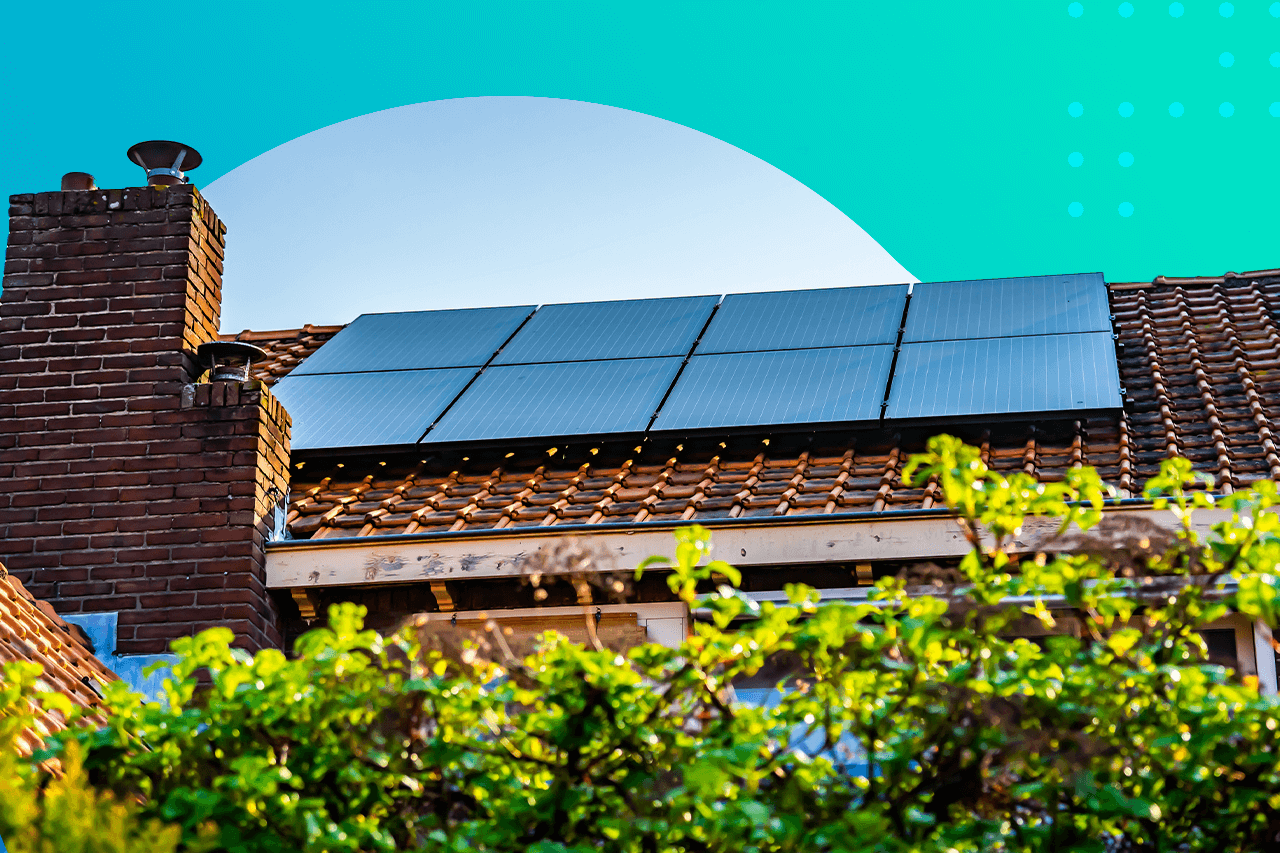
5 Solar Energy Trends You Need to Look Out For
May 6, 2021 - Revolutionized Team
Revolutionized is reader-supported. When you buy through links on our site, we may earn an affiliate commission. Learn more here.
People around the world are more aware than ever of the impact fossil fuels have on the planet. As a result, there has been an explosion in demand for renewable energy over the past two decades, with solar power quickly becoming one of the most popular options.
There is a wider range of solar tech available now than ever before. New applications of solar power are pioneered all the time. There has also been significant federal investment in solar infrastructure, along with new projects like grid-scale battery storage systems that could help pave the way for broader adoption of solar energy. These five solar energy trends show how the industry is developing right now and where it’s probably going over the next few years.
1. Home Solar Systems
Innovations in home solar tech have made it more possible than ever for homeowners to make their houses more eco-friendly, depending on how much they want to invest in home renewable tech. Most home solar systems are used to provide additional power. For example, solar shingles are small photovoltaic panels that can be mounted on a roof. They collect power during the day, helping homeowners supplement the energy they draw from their local power company — or even disconnect from the grid.
Solar water heaters use energy from solar radiation to heat a home’s water, helping homeowners cut down on costs. Most home solar systems come in a variety of configurations. Homeowners have a wide range of options based on the level of investment they want to commit to and how complex of a system they need.
For example, solar water heaters can be simple or fairly complex. A passive system may use a solar collector to heat incoming water, with no moving parts required. Another may have a full-roof set of shingles delivering power to the house, along with collectors that provide heat to a winterproof active water heater that may provide as much as 80% of water heating needs.
The availability of these systems coupled with falling equipment prices are making it easier to create eco-friendly homes. Additionally, home batteries to store excess energy production and federal tax credits continue to encourage adoption of small-scale solar tech.
2. Major Growth in Solar Capacity
Investment in solar power continues to grow at a rapid pace, both within the United States and around the world. The U.S solar energy market grew by 43% in 2020 and was on track to more than quadruple by 2030. For the second year in a row, solar energy was first among all technologies in terms of total market growth.
The numbers look similar on a global scale. While worldwide energy demand appears to have declined by 5% in 2020, renewable energy production rose by 7%, with solar power remaining one of the most popular green sources. The growth of solar energy did slow somewhat in 2020 compared to previous years — likely due to the impact of the COVID-19 pandemic. Nonetheless, it is on track to return to more normal levels in 2021.
State-level-investments and increased consumer adoption are driving the growth of solar energy. This is especially in countries like Australia and Germany. This growth pattern is likely to continue well into the future. Some people even predict double-digit increases for the global solar energy sector over the next decade.
3. Grid-Scale Battery Storage
The rapid adoption of renewable energy can create problems for a state’s energy grid. Without solving these problems, there may be limits in how much energy can be derived from renewables.
For example, in California, utility companies are starting to deal with the duck curve. There’s an overproduction of renewables in the morning, when demand is low. Then, underproduction follows in the evening, when needs increase. This creates significant differences between demand and supply throughout the day and requires either overproduction of renewables or continued reliance on fossil fuels.
One way to solve this problem is with massive, grid-scale batteries. Duck curves can be smoothed out by storing excess energy and releasing it when production is lower, reducing its worst impacts.
Two of the largest grid battery projects were recently completed at the site of the Moss Landing Power Plant in California. If successful, they could pave the way for similar approaches to demand curve management throughout the country and solve one of the most significant remaining problems with solar energy production.
If adopted at scale, future battery projects could help us to smoothly phase out fossil fuels over the next few decades.
4. The First Solar-Powered Cars
Electric cars have become widely available, and even major manufacturers are releasing EVs of their own. Soon, the same may be true for vehicles powered entirely by the sun. The first mass-produced solar car — the Aptera 3 EV — is on track to hit the market sometime in 2021.
The Aptera is a three-wheeled vehicle, slightly bigger than a Prius, outfitted with solar panels on its roof and hood. These panels theoretically capture enough energy that the car will never need to be charged. Solar vehicles like the Aptera provide a valuable alternative to EVs. While the number of EV charging stations around the world is rising, there are still large areas where it’s not possible to power up an EV. Solar cars can be charged anywhere, so long as there’s enough sunlight.
In some situations, solar-powered vehicles may even be more eco-friendly than electric ones. Drivers don’t have to rely on the grid for fuel. Therefore, even if elecricity in area comes from a coal-fired power plant, drivers won’t need fossil fuels to charge their car.
5. Growing Federal Investment in Solar Energy
With a new administration comes new priorities. While the previous White House team seemed mostly disinterested in renewable energy, the Biden administration is taking a different approach.
A key pillar of the Biden energy plan is to ensure the American energy grid can run entirely on renewables within 15 years. To get there, the government plans on investing significant resources in new renewables technology. It will also expand federal programs that encourage new renewable energy infrastructure — including residential and commercial solar projects.
In March 2021, the Biden administration pledged to slash U.S. solar energy costs by 60%. As part of this pledge, the U.S. Department of Energy announced it would invest more than $128 million in cutting-edge solar tech.
The Biden infrastructure plan also includes a 10-year extension and phase-out for the solar investment tax credit (ITC). Phase-out is currently scheduled to phase out entirely in 2025. This extension would give significant breathing room to current solar projects that haven’t broken ground yet and would provide relief for future projects.
How the Solar Energy Market Is Evolving
Solar energy has become one of the most popular sources of renewable power. As the world transitions away from fossil fuels over the next few decades, it’s likely to become even more important.
Demand for solar energy has led to many innovations. This includes home systems, significant growth in global capacity and even the first solar-powered car. While challenges remain for large-scale production, solar energy will likely be central to energy capture and creation for the foreseeable future.
Revolutionized is reader-supported. When you buy through links on our site, we may earn an affiliate commission. Learn more here.






